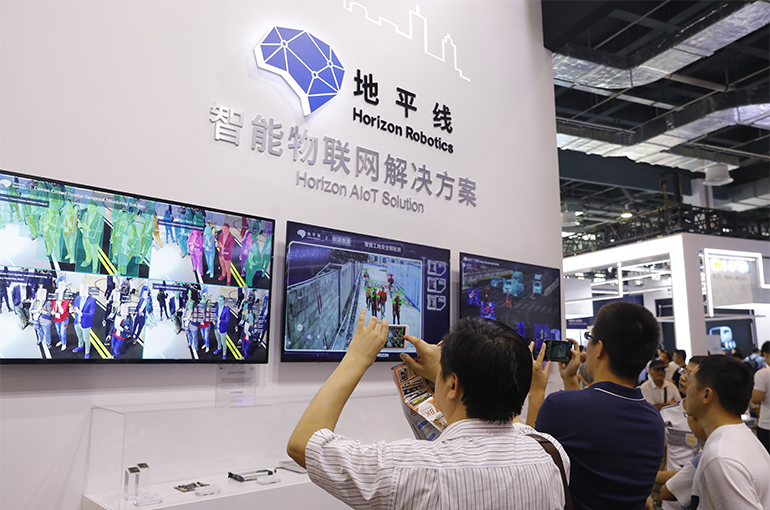 Self-Driving Sector’s ‘ChatGPT Moment’ to Come Next Year, Horizon Robotics President Says
Self-Driving Sector’s ‘ChatGPT Moment’ to Come Next Year, Horizon Robotics President Says(Yicai) July 15 -- The autonomous driving industry will welcome the era of large language models, or the so-called ‘ChatGPT Moment,’ next year, according to the president of Horizon Robotics, a Chinese provider of intelligent driving computing solutions.
The ‘ChatGPT Moment’ of autonomous driving means enhancing the entire performance, with the most crucial area being the improvement in products’ experience, usability, and functionality, Chen Liming said at the 2024 China Auto Forum held in Shanghai on July 12.
Most Navigate on Autopilot features in urban regions are functional but too hard to use, with the main issues being low traffic efficiency and the fact that they cannot act like humans, Chen pointed out. Users urgently need the urban NOA 2.0 version that is easier and better to use to achieve breakthroughs in traffic, character of human-like driving, and pass rates in varied scenarios, he added.
The cost of the entire system must be controllable so that such features will be available to everyone, Chen noted. The computational architecture of the Brain Processing Unit launched by Beijing-based Horizon Robotics enables this cost to decline continuously via the joint optimization of software and hardware, he added.
In May last year, Elon Musk announced that Tesla would unveil a self-driving system that adopts end-to-end artificial intelligence. The US carmaker launched its Full Self-Driving system version 12.3 this year, based on end-to-end LLMs.
End-to-end AI is when a model is trained to perform all steps between raw and final input.
The end-to-end technology will allow China’s smart driving firms to catch up with and surpass Tesla, Gu Junli, deputy general manager of Chery Automobile, said recently. The gap between domestic companies and Tesla regarding the research and development processes is about one and a half to two years, she added.
To catch up with Tesla, economies of scale of products are a must, Gu noted. “When corresponding data reach the same level of over millions as Tesla, smart driving will be able to directly tell drivers the directions, just like the ChatGPT does, through the intensive training targeting models.”
Editor: Martin Kadiev